Game Mods
Top 10 Best Video Game Mods of All Time!
Gaming mods are user-created add-ons that change how an existing game looks or plays. They run the gamut from minor tweaks to complete overhauls, and they can significantly extend the replay value of a game. Common mods include unofficial patches that fix bugs, fan-made expansion packs that add new content, and “total conversion” mods that create entirely new experiences. In extreme cases, a mod will be so different from the original game that it ends up falling into an entirely new genre. There’s an entire sub-culture based around modding, so it’s difficult to narrow down the “best” ones since different mods are created for different purposes. As much as I love seeing Thomas the Tank Engine in Skyrim or hearing the Macho Man in Left 4 Dead, I’m going to give priority to mods that were popular enough to warrant standalone releases or proper sequels.
10
Aliens TC
DOOM Mod
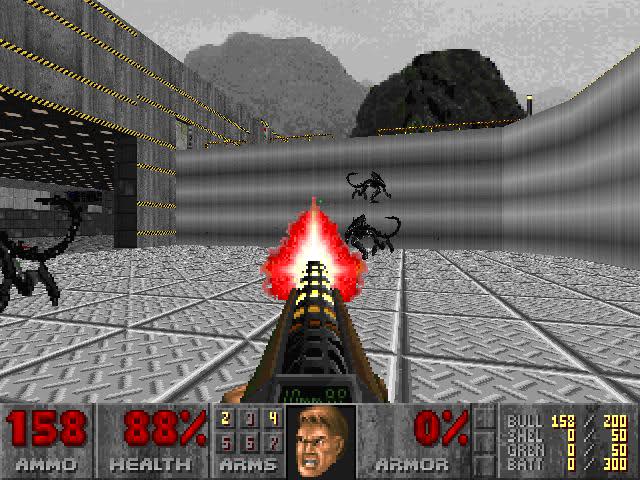
Aliens TC is a total conversion mod created by Justin Fisher in 1994. Fisher got the idea after he noticed that the atmosphere in DOOM was strikingly similar to the movie, Aliens. (Fittingly, DOOM was conceived as an Aliens game before id Software abandoned the idea in the name of creative freedom.) Fisher could have simply swapped out the enemies from DOOM with the iconic xenomorphs from Aliens, but he didn’t stop there. The custom levels in Aliens TC mirror locations from the film, familiar voice clips were lifted from the movie, and players even get to use the power loader as a weapon! The suspenseful atmosphere was also re-created, and the first stage was devoid of enemies to reflect the pacing of the movie. Unlike the other games on this list, Aliens TC was never given a standalone release or a proper sequel. Licensing issues made either of those scenarios virtually impossible, however, and Aliens TC deserves recognition as one of the most popular DOOM mods and one of the earliest examples of a total conversion mod for any game.
9
Red Orchestra: Combined Arms
Unreal Tournament 2004 Mod
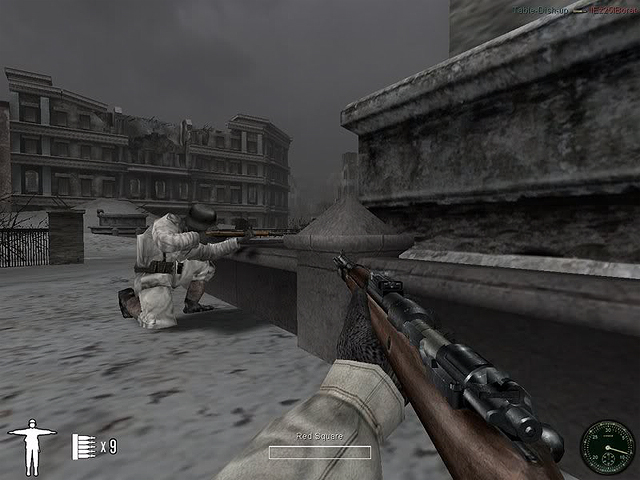
Red Orchestra: Combined Arms is set on the Eastern Front during World War II and focuses on the Red Orchestra spy ring. During development, Tripwire Interactive experimented with the Medal of Honor: Allied Assault engine and the Soldier of Fortune II engine. After the mod evolved into a realistic, multiplayer shooter, the project was moved to Unreal Tournament 2003 before finally being released as a total conversion mod of Unreal Tournament 2004. While Unreal Tournament 2004 played out like a fast-paced extreme sport of the future, Red Orchestra: Combined Arms was notable for its emphasis on realism. There were no crosshairs or aiming assists, soldiers would slow down or drop their weapons when they were wounded, and one-shot kills were a normal occurrence. If nothing else, Red Orchestra was more realistic than other popular shooters like Call of Duty or Battlefield. The mod earned Tripwire Interactive the top prize at NVidia’s “Make Something Unreal Contest” in 2004, and the team went on to release a standalone version (entitled Red Orchestra: Ostfront 41-45) in 2006 before eventually following up with a sequel many years later.
8
Natural Selection
Half-Life Mod
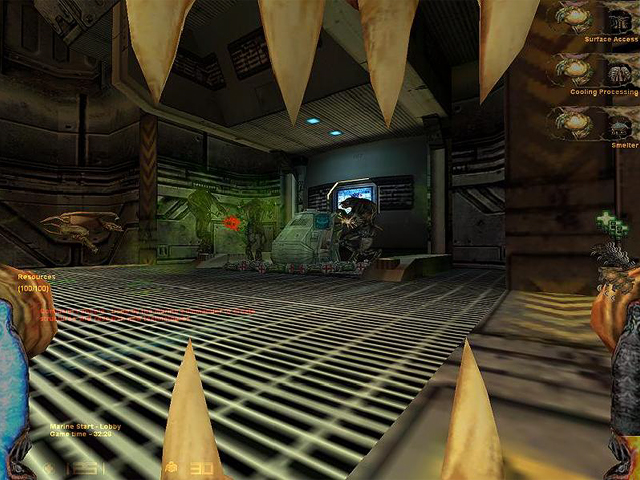
Natural Selection is a multiplayer-only mod of Half-Life that was released in 2002. The mod was developed by Charlie Cleveland and his independent company, Unknown Worlds Entertainment. Although it was based on Half-Life, Natural Selection is a surprisingly deep game that seamlessly blends elements from first-person shooters and real-time strategy games. Teams can choose to play as either space marines or hive-minded aliens, and each side is genuinely different from the other. Humans have to work together in order to survive, and communication and planning are paramount to their success. On the other side, the alien experience is all about intense action. Natural Selection has been described as one of the most atmospheric and ambitious mods ever devised, and it’s easy to see why. Although a standalone version of Natural Selection was never released, the game was given an official sequel in 2012. Development for Natural Selection 2 began on Valve’s Source Engine, but Unknown Worlds later moved the project to an engine they had created themselves. That’s evolution, baby!
7
The Stanley Parable
Half-Life 2 Mod
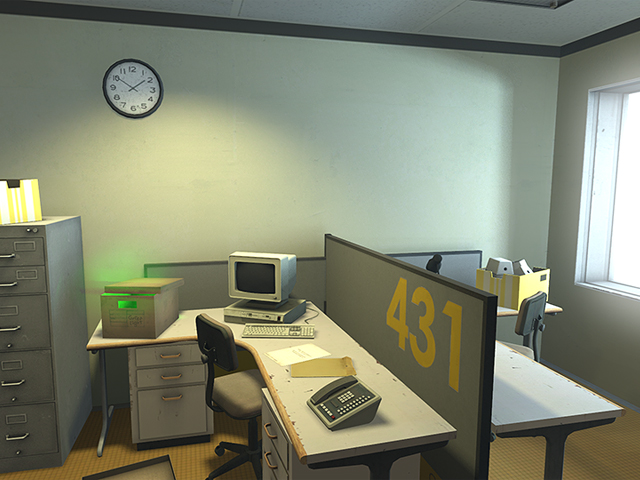
The Stanley Parable was first released as a free Half-Life 2 mod in 2012 before a high-def standalone remake launched in 2013. The game employs a first-person perspective like most Source Engine games, but there is no combat to speak of. In lieu of action-based sequences, players simply work their way through surreal environments while a narrator delivers exposition. The narrator comments on the player’s every move and makes suggestions about what they should do next, but players are free to ignore the narrator and make their own decisions. Most games confine players to a set of rules, but the thought-provoking narrative structure in The Stanley Parable challenges this formula. The game is highly experimental, but its unique form of interactive storytelling received high praise from critics. Creator Davey Wreden deserves a lot of praise for doing something truly creative with Valve’s Source Engine. It was built on the shoulders of Half-Life 2, but The Stanley Parable has an identity all its own.
6
Garry’s Mod
Half-Life 2 Mod

Created by Garry Newman and developed by his company, Facepunch Studios, Garry’s Mod is a sandbox physics game that was originally released as a Half-Life 2 mod in 2004. Various free versions of the software were available at first, but an official paid version was published by Valve Corporation in 2006 as a standalone game. Garry’s Mod is difficult to describe because it’s not really a game in the traditional sense. There are no set objectives, and the game instead gives players the ability to manipulate various props, characters, and set pieces to their liking. Assets can be pulled from other Source Engine games (like Counter-Strike or Team Fortress 2), but there are also community-created collections to draw from. Scripting tools allow for new weapons, vehicles, NPCs, and events to be added, and players are free to do basically anything they want. There are even mods for the game’s mods! You can build spaceships, fight zombies, race motorcycles, or recreate a scene from your favorite anime. The best scenarios all involve Shrek, of course, but that probably goes without saying.
5
DayZ
ARMA 2 Mod
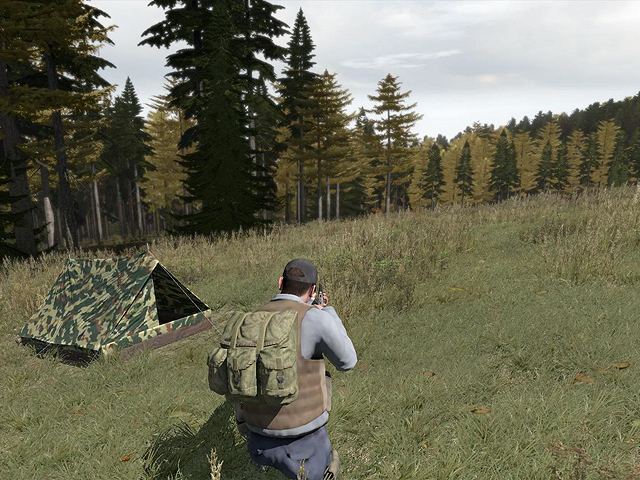
ARMA 2 is an open-world, military simulation game from Bohemia Interactive that was released in 2009. DayZ is set in the same fictional post-Soviet state, but it drops all pretense of being a realistic military sim and adopts a zombie apocalypse theme instead. After a mysterious plague wipes out most of the world’s population, players are left to fend for themselves. While scavenging for supplies and fending off violent zombies, players can team up with other survivors. Food, water, weapons, and medicine are precious commodities, however, so players are free to kill other survivors if they so desire. Basic needs like hunger and shelter have to be addressed, and humans can be every bit as dangerous as zombies when resources are in short supply. DayZ forces players to consider immediate goals before focusing on long-term strategies, and it has been widely praised for its innovative design elements. DayZ was released in 2012 and reached a million players within four months. Hundreds of thousands of people purchased ARMA 2 just so they could play DayZ! When a mod propels a three-year-old game to the top of the sales charts, it’s hard not to take notice. The mod’s creator, Dean Hall, became part of Bohemia Interactive in 2012 and a standalone version of DayZ was released in alpha form shortly thereafter.
4
Team Fortress
Quake Mod
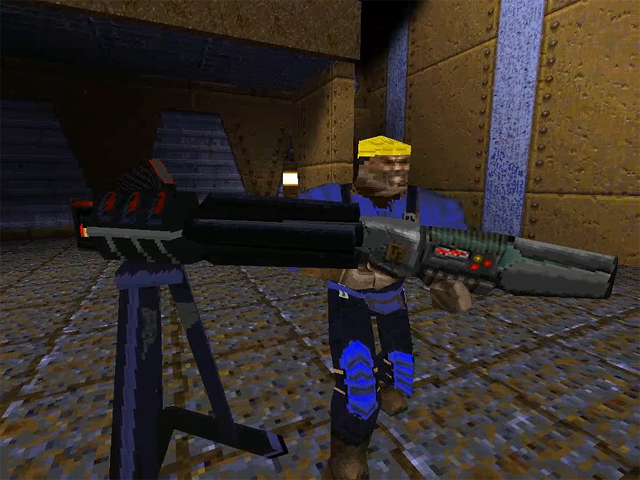
Team Fortress was originally developed by Australian-based TF Software in 1996 as a Quake modification. The game pit two teams against each other in various scenarios, and players had nine distinct character classes to choose from. Its developers planned on releasing Team Fortress 2 as a mod based on the Quake II engine, but Valve Corporation was so interested in the project that they hired the team to develop the sequel on their own GoldSrc Engine instead. The official sequel was still on the horizon, so Valve released an updated version of the original Team Fortress, dubbed Team Fortress Classic, as a Half-Life mod in 1999 before following up with a standalone version in 2003. Team Fortress 2 was stuck in limbo until 2007, but Valve kept Team Fortress Classic alive in the interim with frequent updates and new content. Team Fortress helped popularize a new sub-genre, and “hero shooters” like Overwatch were heavily influenced by it. If it wasn’t for Team Fortress, we would have never been blessed with Battleborn!
3
Crazy Otto
Pac-Man Mod
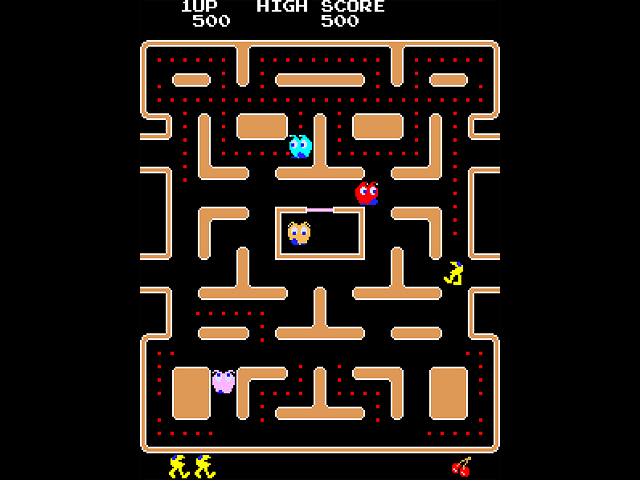
And now for something completely different… Ms. Pac-Man is one of the most successful sequels in gaming history, but it was technically an unauthorized sequel when it launched in 1982. Ms. Pac-Man was conceived by programmers at General Computer Corporation (GCC) as a bootlegged hack of Pac-Man. Their mod was called Crazy Otto, and they intended to release it as a conversion kit for existing Pac-Man arcade cabinets. At the same time, Midway (Namco’s American distributor for the original Pac-Man arcade game) had become impatient waiting for Namco to release the next Pac-Man game. Upon seeing a completed version of Crazy Otto, Midway bought the game from GCC and decided to release it as a standalone cabinet. After changing the sprites to fit the Pac-Man universe, Midway released the game as Ms. Pac-Man. The game was an instant hit and more successful than Namco’s own follow-up, Super Pac-Man. Fearing a lawsuit, Midway and GCC eventually turned over the rights of Ms. Pac-Man to Namco. Namco then adopted the game as an official sequel, leaving most gamers oblivious to the fact that Pac-Man’s girl was essentially a work of fan fiction.
2
Counter-Strike
Half-Life Mod
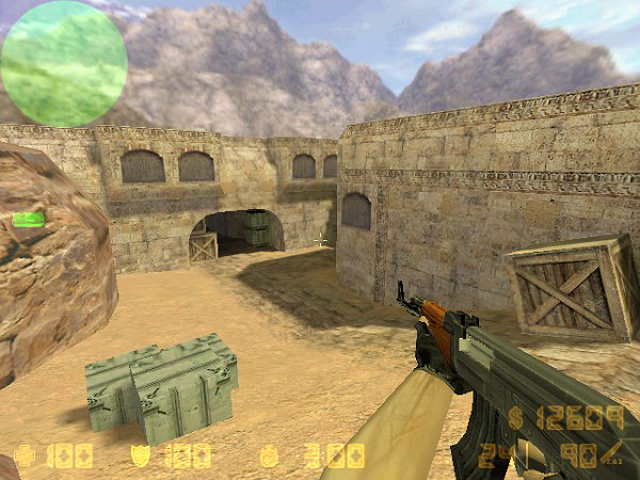
Counter-Strike was developed as a Half-Life mod by Minh “Gooseman” Le and Jess Cliffe in 1999. The mod greatly expanded upon the bare-bones deathmatches from Half-Life and focused on team-based objectives set in various locations around the globe. The teams in the game were comprised of counter-terrorist forces and the militants opposing them, and each player could customize their arsenal of weapons before each match. The fast-paced, high-tension mod was initially intended to bolster Half-Life‘s online experience, but it quickly developed its own following. In response, Valve Corporation did the only sensible thing by acquiring the Counter-Strike IP and hiring its designers. Valve released their own standalone version of the game in 2000, and several remakes and sequels have been released since then. Counter-Strike is one of the most-played first-person shooters of all time and arguably more successful than Half-Life. Its impact on the world of competitive gaming cannot be overstated.
1
Defense of the Ancients
Warcraft III Mod
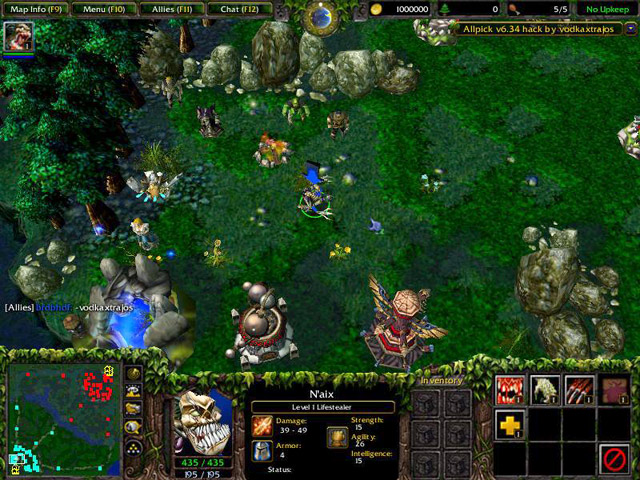
Defense of the Ancients (DotA) was released in 2003 as a multiplayer online battle arena (MOBA) mod for Warcraft III: Reign of Chaos and its expansion, The Frozen Throne. Taking cues from the “Aeon of Strife” map from StarCraft, the objective in DotA was for players to destroy heavily-guarded structures that could be found at the opposing corners of the map. Each player controls one hero who has unique abilities and tactical advantages over other units, and the scenario puts a strong emphasis on teamwork. The popularity of DotA increased over time and many variations were released. Valve Corporation eventually acquired the rights to the original DotA mod and released a stand-alone sequel in 2013. Dota 2 quickly became one of the most-played games on Steam, and it’s not unusual for the game to exceed a million concurrent players. DotA was featured at several worldwide tournaments, it served as the inspiration for League of Legends, and it basically launched the MOBA genre as we know it. It’s one of the most significant gaming mods ever devised, and it’s almost hard to believe that it took over a decade for a standalone sequel to be developed.

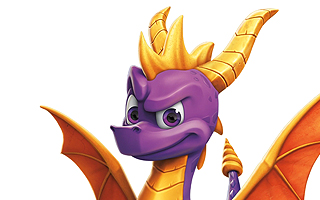


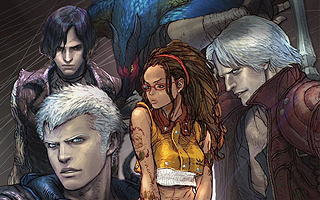
Do you agree with this list? Let us know what you think by leaving a comment below. Your opinion matters!